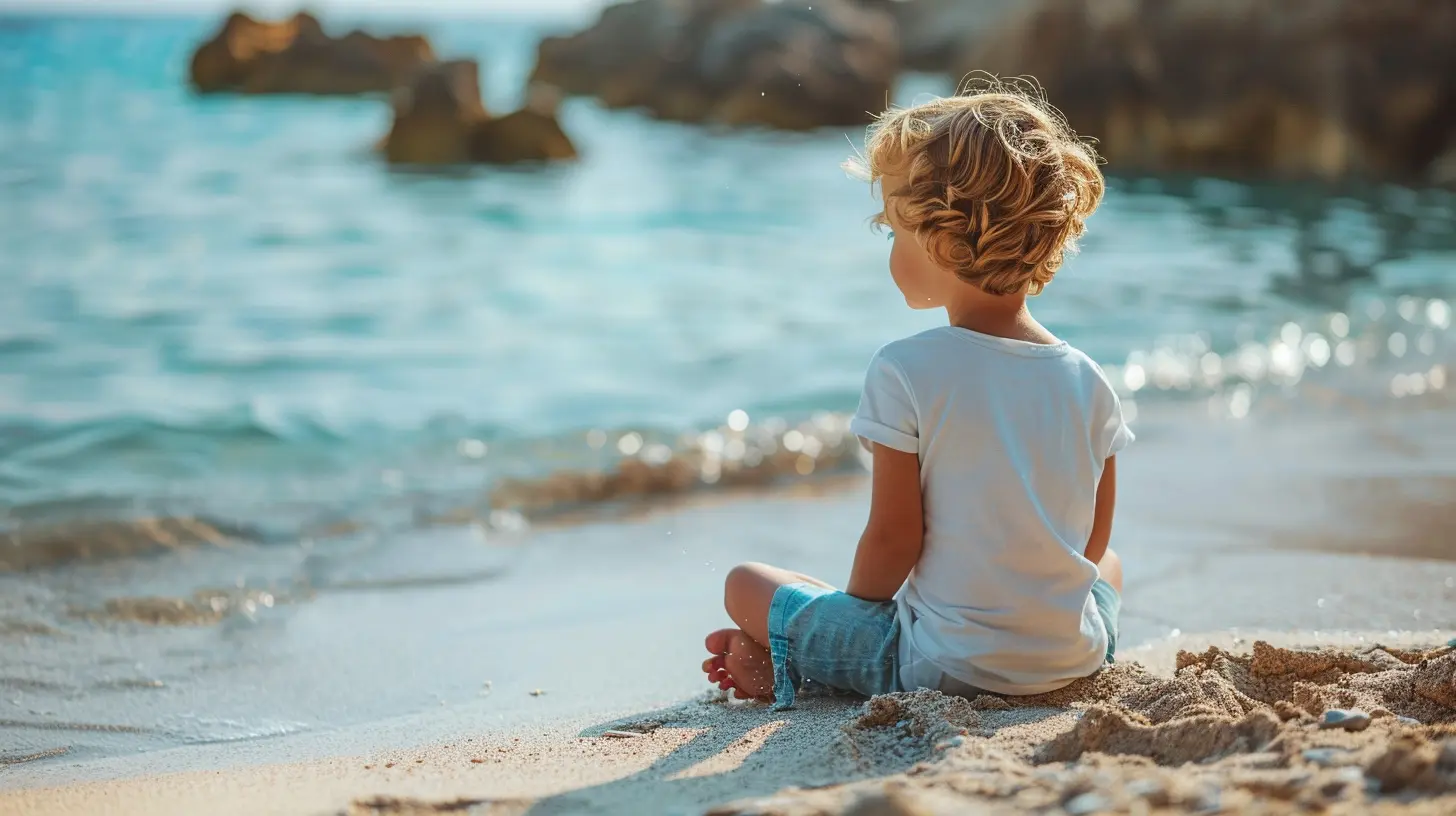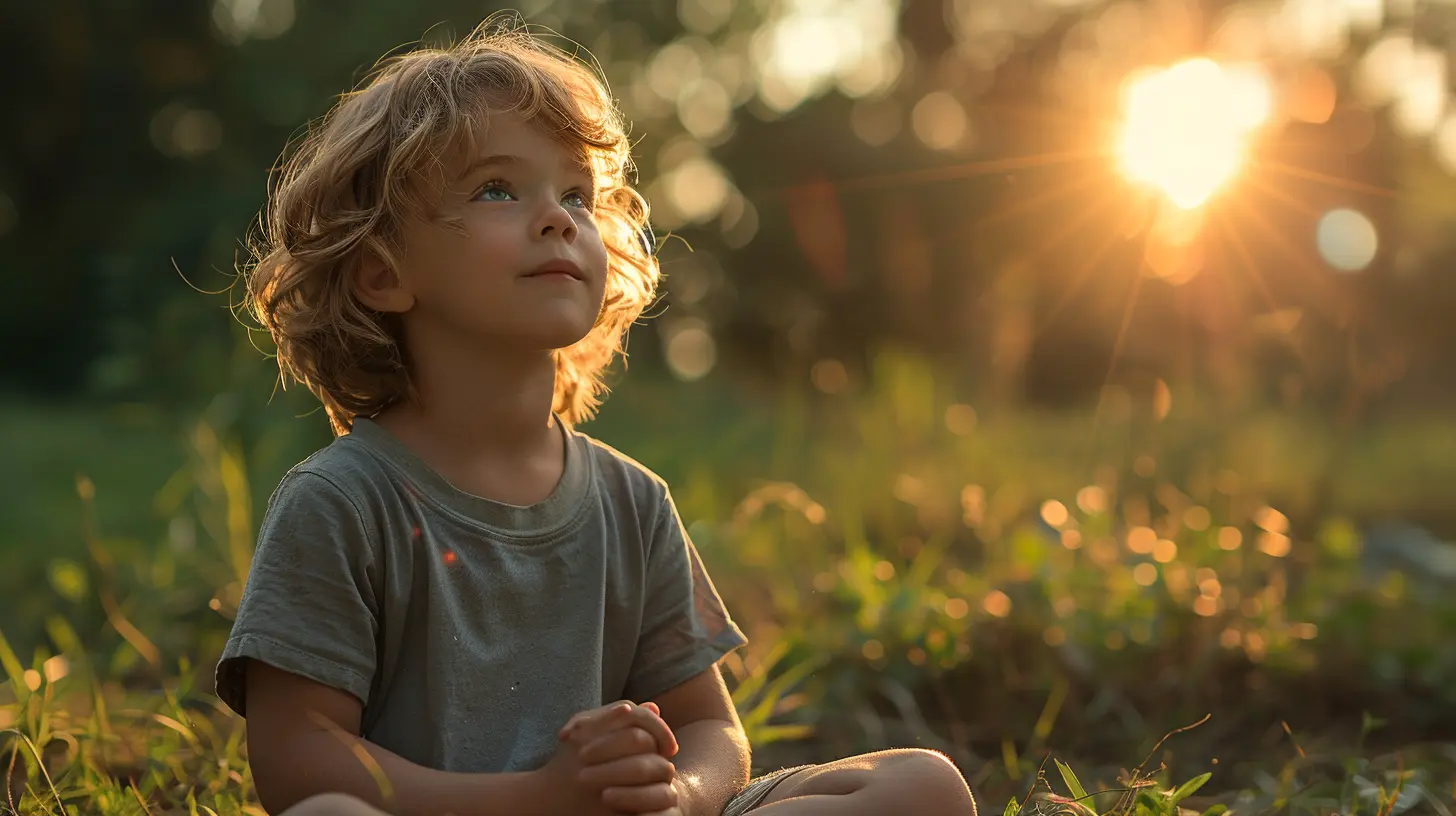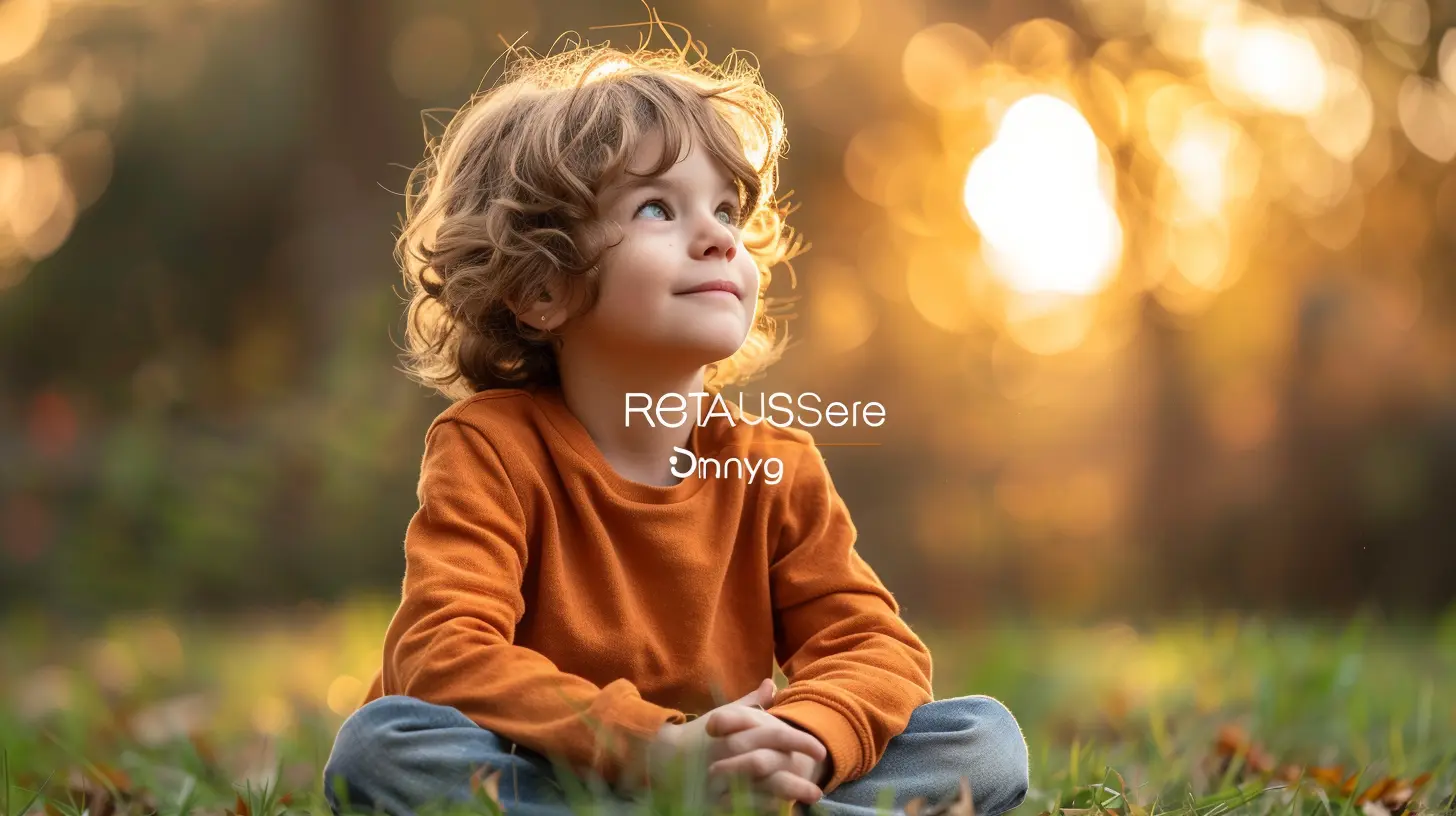Introducing Kids to Mindfulness and Emotional Regulation
4 June 2025
A Gentle Breeze in a Storm
Picture this: A child caught in the whirlwind of emotions, like a tiny boat adrift in a stormy sea. Their small hands tremble, eyes filled with frustration or sadness, and their little hearts race. Now imagine if they had an anchor—a way to steady themselves amid the chaos. That anchor is mindfulness, an art of presence, a skill that teaches them to navigate emotions with grace and understanding.
Teaching mindfulness and emotional regulation to children isn’t just about keeping tantrums at bay. It’s about gifting them a lifelong tool, a compass guiding them through the ups and downs of life with peace and clarity. Let’s dive into the magic of mindfulness and how we can gently weave it into our children’s lives. 
What is Mindfulness?
Mindfulness is the beautiful act of being present—fully and wholeheartedly. It’s noticing the warmth of the sun on your skin, the sound of birds chirping, and the rhythm of your breath. For kids, mindfulness means paying attention to their thoughts, feelings, and surroundings without getting lost in them.Think of it as teaching a child to watch their emotions like clouds drifting across the sky. Some are fluffy and bright, others dark and heavy, but none stay forever. Learning this simple truth helps them respond rather than react, fostering inner peace and emotional resilience. 
Why is Emotional Regulation Important?
Ever seen a child go from laughing to sobbing in the span of a minute? Emotions in kids are big, wild, and often unfiltered. Emotional regulation is their ability to manage these feelings instead of being overwhelmed by them. It’s not about suppressing emotions—it’s about understanding them, riding the waves rather than drowning in them.When kids develop emotional regulation skills, they:
- Communicate their feelings effectively
- Handle disappointment without meltdowns
- Build stronger relationships
- Navigate challenges with confidence
- Feel more secure and content
In short, emotional regulation isn't just a childhood skill—it’s a superpower that serves them for life. 
How to Introduce Kids to Mindfulness
So, how do we take mindfulness from a fancy concept to a daily habit for kids? The key is to keep it simple, playful, and part of everyday life.1. Start with the Breath: The Power of a Deep Breath
The breath is our built-in pause button. Teaching kids to take deep breaths when overwhelmed is like showing them how to reset their emotions.Try this:
- Ask them to imagine blowing up a balloon—inhale deeply through the nose, hold for a moment, then exhale slowly through the mouth.
- Use "smelling a flower, blowing out a candle" as a fun visual cue.
- Practice "belly breathing" by placing a hand on their stomach and watching it rise and fall like ocean waves.
A few deep breaths can work wonders in turning a storm into a gentle breeze.
2. Mindful Listening: Tuning Into the World
Our world is noisy, but mindfulness teaches kids to truly listen.- Take a minute to sit silently and notice sounds—birds chirping, wind rustling, a ticking clock.
- Use a bell or chime and have them focus on the sound until it fades.
- Encourage them to listen closely to their own heartbeat, a reminder of the calm within.
This simple practice trains kids to be present, centered, and aware.
3. The Magic of Body Awareness
Children often feel emotions in their bodies before they can name them. A racing heart, tight fists, a queasy stomach—these are clues that something needs attention.- Encourage them to do a "body scan," gently noticing how each part feels.
- Introduce "stretching like a cat" to release tension.
- Have them shake out their wiggles, turning pent-up energy into movement.
By connecting with their bodies, kids learn to soothe themselves before emotions overwhelm them.
4. Gratitude Practice: Finding the Gold in Each Day
Mindfulness isn’t just about calming down—it’s about finding joy in the little things.- Start a "3 Good Things" habit each night. Ask them to name three things they’re grateful for.
- Keep a family gratitude jar where everyone adds notes of appreciation.
- Turn meal times into gratitude moments—“What made you smile today?”
Gratitude shifts their focus from worries to wonders, fostering a more positive, resilient mindset.
5. Mindful Storytelling: The Art of Slowing Down
Books open a gateway to mindfulness. When reading to kids:- Pause and ask, "How do you think the character feels?"
- Encourage them to describe the sights, sounds, and smells in the story.
- Use books with mindfulness themes, like I Am Peace by Susan Verde or Breathe Like a Bear by Kira Willey.
Mindful storytelling teaches empathy, patience, and deepens their ability to connect with emotions. 
Teaching Emotional Regulation: Simple Strategies
Emotional regulation grows with practice. Here are some tried-and-tested ways to help kids manage their emotions:1. Name That Feeling
Many meltdowns stem from not knowing what’s going on inside. Giving kids the language to describe their emotions is like handing them a roadmap to navigate their inner world.- Use an “emotion chart” with faces and names of feelings.
- Play a "Guess the Emotion" game using scenarios or facial expressions.
- Encourage them to say, "I feel [emotion] because [reason]."
Naming emotions reduces their intensity, making them easier to handle.
2. The Calm Down Corner
Create a cozy space where kids can retreat when they're feeling overwhelmed—a safe haven, not a punishment.- Add soft pillows, stuffed animals, and calming activities like coloring books or a glitter jar.
- Encourage them to breathe, relax, and process their feelings before rejoining the world.
- Teach them that it's okay to take a break when emotions run high.
A calm-down corner empowers kids to regulate emotions independently.
3. Emotion in Motion: Let It Out!
Some emotions are too big to sit still with. Help kids channel them into movement:- Jumping, dancing, or running to shake off frustration.
- Punching a pillow when angry (better than lashing out at others).
- Scribbling away big feelings with crayons or painting their emotions.
Movement turns emotional energy into an outlet rather than an explosion.
The Ripple Effect: Why It Matters
When kids learn mindfulness and emotional regulation, it doesn't just benefit them—it ripples out into their relationships, their school life, and eventually, their future. They become more patient, kind, and capable of handling life’s challenges with a steady heart.And let’s be honest—when kids are calmer, so are we. Seeing them practice mindfulness reminds us to do the same, creating a home filled with more peace and understanding.
So, let’s take their little hands, guide them gently, and show them that no matter how wild the storm, they always have an anchor within.
Final Thoughts
Mindfulness isn’t a lesson to be learned overnight—it’s a journey, one that begins with small steps, deep breaths, and open hearts. By introducing kids to mindfulness and emotional regulation, we’re offering them tools that will serve them for a lifetime.Let’s teach them that emotions aren’t enemies, but gentle messengers. That breathing is a superpower. That presence is a gift. And that no feeling lasts forever.
In their hands, mindfulness becomes more than just a practice—it becomes a way of life.
all images in this post were generated using AI tools
Category:
Life Skills For KidsAuthor:

Maya Underwood
Discussion
rate this article
2 comments
Sylvia Rogers
Introducing mindfulness and emotional regulation to children fosters resilience and self-awareness, equipping them with essential tools for managing stress and enhancing overall emotional well-being.
June 10, 2025 at 4:58 AM

Maya Underwood
Thank you for your insightful comment! I completely agree that mindfulness and emotional regulation are vital skills for fostering resilience and enhancing children's emotional well-being.
Kairoth Castillo
This article offers practical insights on teaching kids mindfulness and emotional regulation. Simple techniques can foster resilience and emotional awareness in children, helping them navigate their feelings and improve overall well-being.
June 5, 2025 at 3:47 PM

Maya Underwood
Thank you for your thoughtful comment! I'm glad you found the insights helpful for fostering resilience and emotional awareness in children.


